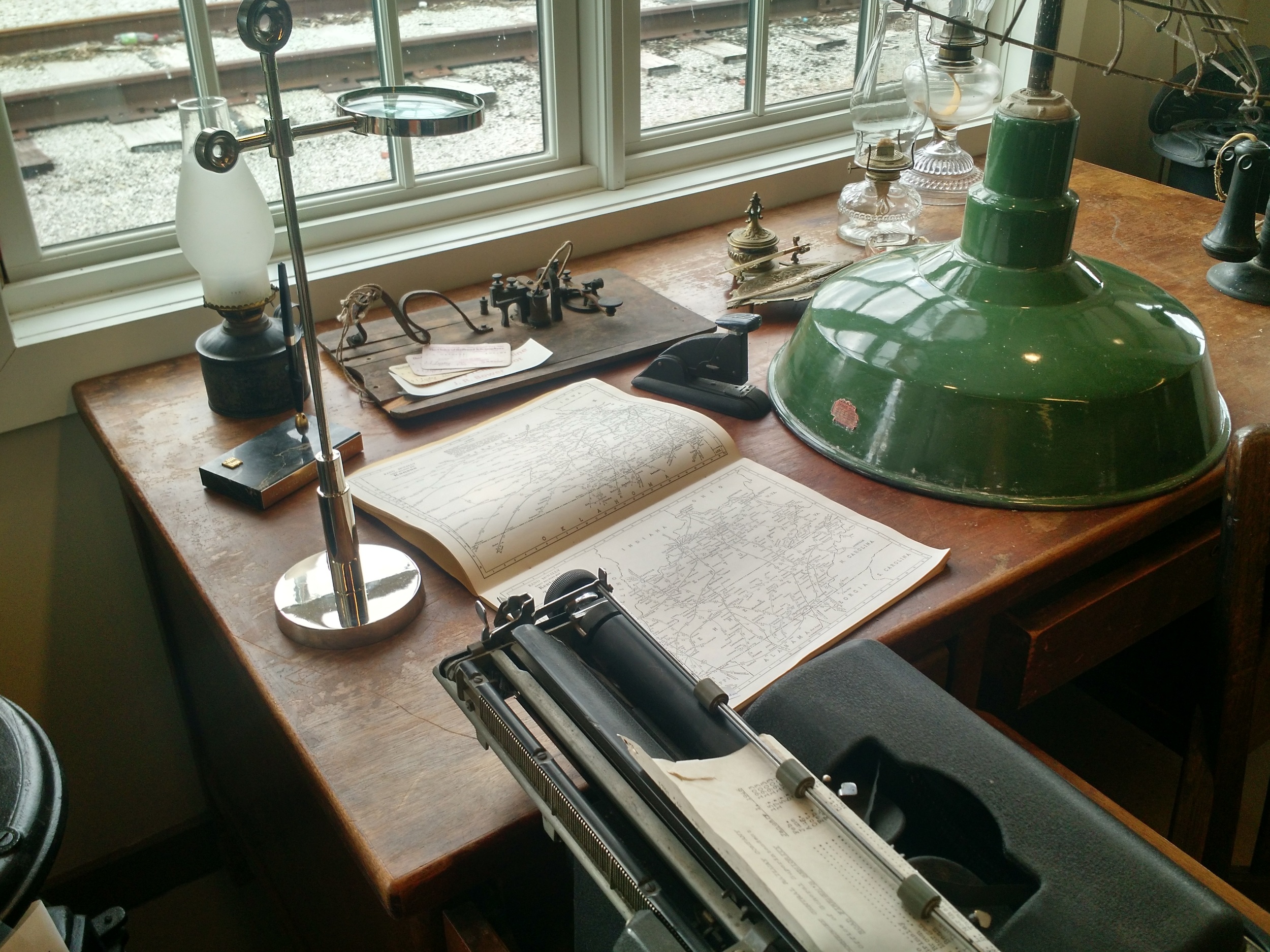Apple Stack Cake
/After sharing the story of my delicious failure at boiled icing, one of you treasured readers mentioned Apple Stack Cake and I thought I needed to make one soon. Now, this rich cake needs people to eat it, so I had to wait for an event and the church homecoming seemed like an ideal time. (We need to talk about homecomings sometime, don’t we?)
Just between you and me, I’m not a big fan of potlucks and I’ll tell you why. I cook old fashioned. Learned from my grannies, loved their cooking and I find again and again I go back to their recipes and their methods. That’s just fine and my table is often filled, however, my rather homely dishes can’t often compete with brightly colored jello, Cool Whip and canned cake icings. As a result, I tend to bring a lot of my food back home after a potluck and it’s just a little depressing. But just for you I made the stack cake and proudly put it on the table amid all those beautiful sweets.
I polled the folks in my little country church and several knew about stack cake and had very fond memories of eating it. A whole lot of others were brand new to this Appalachian delicacy. One friend who hales from Texas did not know about it but quickly became a fan. Another from Michigan had neither eaten nor heard of it but loved it. She was so surprised that it wasn’t dry.
I took the opportunity to chat with some folks who remembered their mother’s apple stack cake and they universally told me it was a special treat reserved for holidays. We often think of this as a Christmas cake and I’d assumed that was because it actually takes a good bit of time and work to create it. One precious daughter had tried her hand at making the cake when her father craved it and learned firsthand the many steps required. But these folks told me that their families simply could not afford to eat cake throughout the year – it was a special treat for a special time.
I did a little research and found one of my favorite bloggers writing as a guest at therevivalist.com about the history of apple stack cake. Dave Tabler notes in this article that some historians claim the stack cake came to Kentucky with James Harrod in 1774; however, flour wasn’t readily available for another 100 years. I always imagined the sugar in the cake and in the apple filling was the most valuable ingredient. However, on the Cumberland Plateau, flour was still pretty precious well into the twentieth century and cornbread was the staple on most tables. That makes me look again at the ingredient list.
The layers of the cake are essentially molasses cookies. The recipe I have adds some sugar but the traditional sweetener is certainly the readily available sorghum molasses which were created in every community from the sorghum plant that grew well in mountain soil. I’ve mentioned molasses-making in previous posts, but there’s a lot to be written about that subject.
Mr. Tabler notes that variations of the stack cake exist throughout Appalachia. It’s curious that my Texan-friend had not experienced it and I wonder if the difference goes right back to available resources. Today, Texas is growing a lot of wheat so I imagine the pioneers had better access to flour in that area from the beginning.
My recipe card for Apple Stack Cake. I copied it from Grandma's as a young teenager. you can see that it's had a lot of use from the stains on the paper!
Another article I read mentioned that cooks are insistent that the traditional recipe be closely followed, or it just isn’t stack cake. That made me smile because I have to confess that I don’t personally enjoy dried apples. I find their flavor to be very strong and frankly it’s just easier for me to can my apples. Therefore, the cake I made this weekend was smothered in apple butter I cooked down from those canned apples. One friend mentioned, “Well then it ain’t stack cake.”
I also noticed the pictures I see online have either apple butter or even apple slices topping the cake. Now, I learned this recipe from my sweet little Grandma and the one thing she insisted upon was that there was nothing on the top layer – I’m not entirely sure why, but I do try to follow her rules. After all, I doubt my cooking will ever hold hers a light.
The stack cake was well-received even among all the brightly colored competition.
A reader requested the recipe for Apple Stack Cake - here's mine:
1 cup Molasses (can use 2 c. sugar)
1 cup Butter
2 well beaten Eggs
6 cups Flour
1 tsp Salt
1 tsp Vanilla
1/2 cup Buttermilk
Mix together and pat into 6 or 7 nine inch pans
Bake at 450 degrees until slightly brown
Filling:
1 lb Dried Apples
1 tsp Cinnamon
1/2 tsp Cloves
1/2 tsp Allspice
1/2 cup White Sugar
1/2 cup Brown Sugar
Wash Apples, cover with water and cook until tender.
Mash thoroughly; add sugar and spices
Spread filling between layers.
Let stand 12 hours before serving.

























